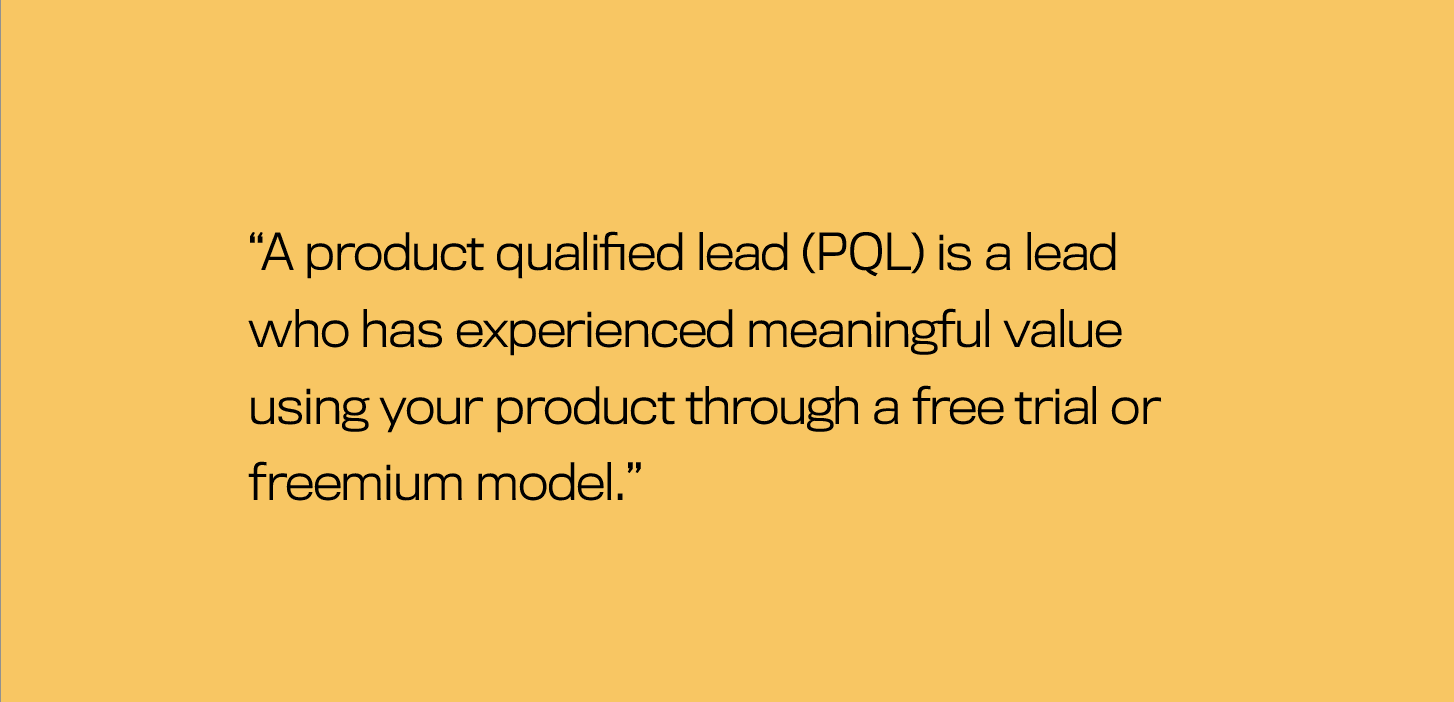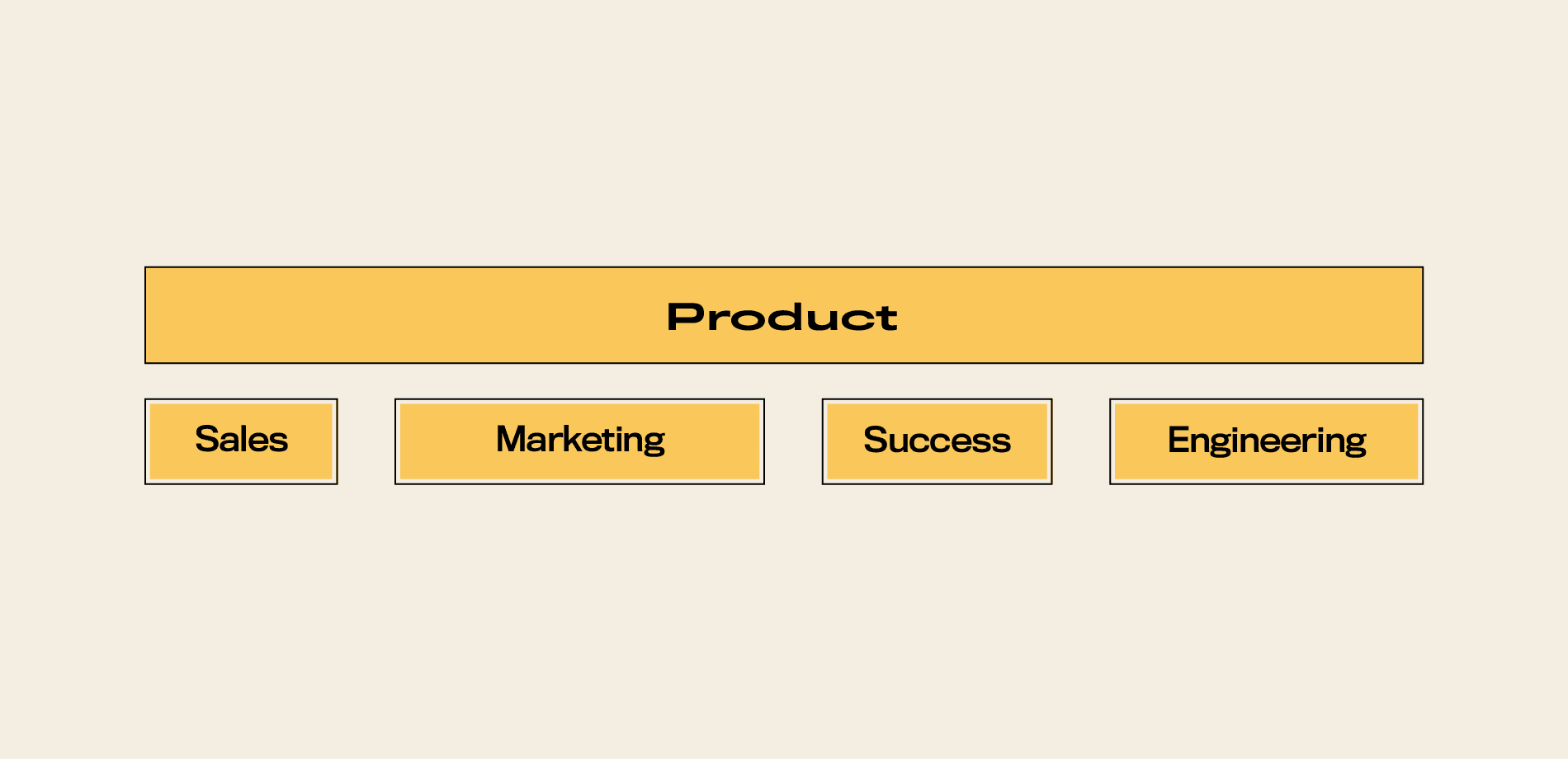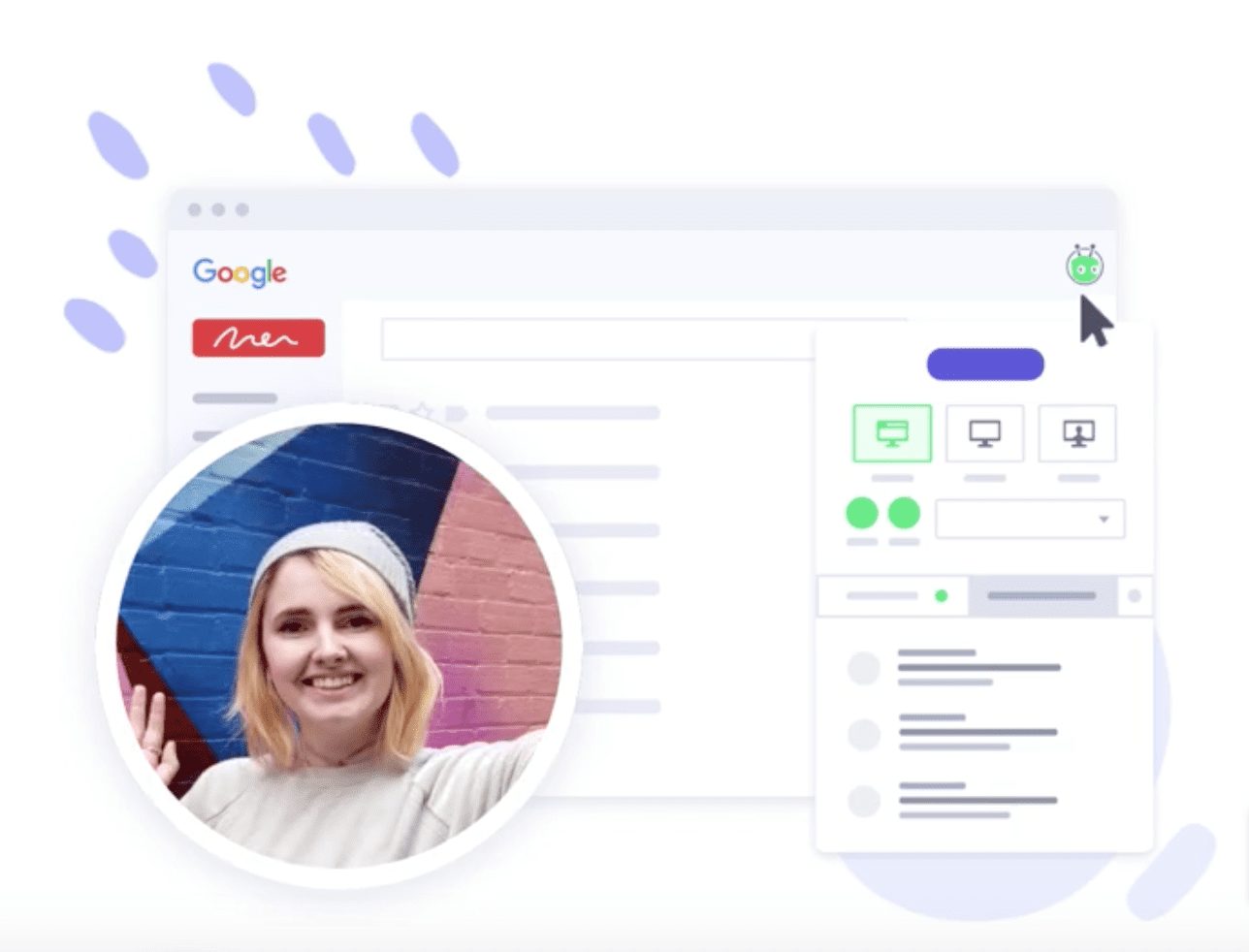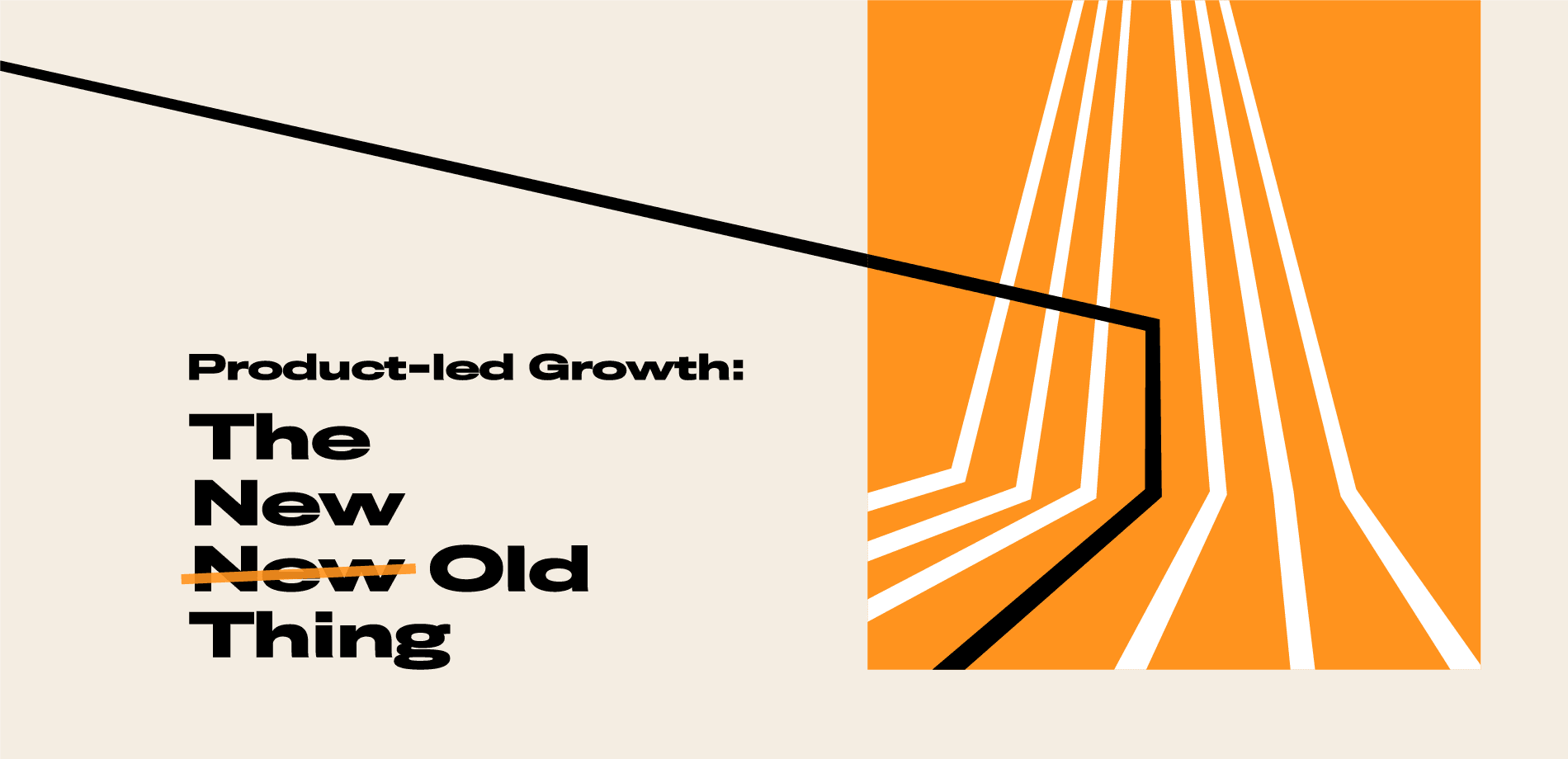1999. The cloud promises a transformative mansion for software (and the world). One with multiple doors of possibilities. Chief among them, the “do-it-yourself” door, championed by Salesforce as a fundamental upturning of legacy methods.
“All the old-school laborious and high-cost selling steps were no longer necessary. We had entered the new era of the Internet, and our service was available 24/7 on the Web. It was so simple that customers could learn everything about it, subscribe, and get it running just by visiting www.salesforce.com. It was do-it-yourself. There were no analysts and no meetings. Further, there was no haggling.” ~ Marc Benioff
But as we’ve come to learn, in their case and most others, that particular door has mostly remained bolted. Because the “you” in “do-it-yourself” has long been the buyer, not the user. Sales processes can still prove laborious. Time to value, indefinite.
It’s only in the last few years — with the work of practitioners at companies like Atlassian, Intercom, and Slack, on the one hand, and observers like Samuel Hulick on the other — that the assumptions and expectations around what products can (and cannot) enable have begun to change.
Few are more alert to this unbolting of doors than Wes Bush.
Who, having seen the unfolding of multiple SaaS successes, has come to believe that “truly great software companies are built to be product-led.”
And is now seeking to unpack that belief. And, in so doing, expand the collective understanding on the interesting mingling of markets, models, org structures, and attitudes, needed to build this way. A fine distillation of which can be found in his excellent new book.
We spoke with him recently to learn:
— whether a company can ever be truly product-led,
— the positioning implications of free software,
— the changing discovery and evaluation cycles,
— why we don’t need a white paper to learn how to make a poster,
— the learning costs of starting out with the freemium model,
— why companies treat onboarding as a one-trick pony,
— why support teams should think of tickets as bugs,
— how marketing teams should think about lead magnets,
— and how “tiger teams” can lead the product-led transition.
Here goes:
Q: Let’s begin with some time travel. Two SaaS companies, almost two decades apart. First, Salesforce, which is, arguably, the foremost proponent of cloud’s self-serve promises. And, then, Slack, a revered poster child of product-led growth. Both seem to be submitting to the same worries about selling to the enterprise:
A few months into our effort to win enterprise clients, Frank van Veenendaal came to me concerned that the free trial—and the low barrier to entry—was doing us a disservice…I knew he was right: it was time to stop selling salesforce.com as a solution that was inexpensive enough to be purchased every month and slipped by on an individual’s expense report. Instead of sneaking in under the radar, we needed to respect organizational hierarchy.
Additionally, increasing our sales to large organizations requires increasingly sophisticated and costly sales efforts targeted at senior management and other personnel. If our efforts to sell to large organizations and organizations of all sizes are not successful or do not generate additional revenue, our business would suffer.
What’s at play here? Can a company ever be truly product-led?
Wes: Companies can always be completely product-led. And even having a sales team doesn’t mean you’re not product-led. It just depends on how you’re using your sales team.
For instance, be it with a free trial or a freemium offer, by having product-qualified leads, by qualifying people as they go through your funnel, your sales team can then reach out to them, let’s say, in Slack’s case, to accounts that have a hundred people already using the product.
That is a very hot lead. And someone you do want to reach out to. And see if you can help them more. So, in that fashion, using the product-qualified-lead is really just a powerful way for your sales team to understand who are the people who we can really help provide the most value to.
That’s totally a product-led business. They’re just using sales in a much smarter way than a lot of other people.
Compare that with the marketing-qualified-lead model.
You’re looking at people who’re downloading these white papers and then Sales is reaching out to those people. And saying, “Hey, white paper downloader,” obviously they’re not calling them that.
But sending an email along the lines of: “we noticed you downloaded this guide, do you want our software?” That’s basically what they’re trying to say. And the receiver’s like, “No, sorry I was just interested in this information. But, not anymore!”
But whenever there’s a product-qualified lead, it’s actually a good conversation, “Hey, I noticed you’re using a specific feature, I think you should check out this one because we figured based on what you’re doing that this would be insanely valuable.” And you get the person thinking: “You actually know what I’m doing.”

It’s just a much more natural conversation and it’s beginning to become just THE expectation. Like people expect those personalized outreaches, and if you can make those sales outreaches personal, then you have really won people over. And they actually do want to hear from you.
That’s true. The norm, fortunately, is slowly moving there. Also, how should one think about the positioning implications that having a free trial/freemium offering might present?
Having a free trial or freemium model doesn’t mean people look at your product and say, ‘hey, that’s a free product. Now, if you’re thinking from a positioning perspective, it doesn’t hurt your brand at all.
And it’s really, whether you’re selling to enterprise or SMB, people want to try the product before they buy it. And by just letting it be super easy and convenient for someone to try it out, they’re more than willing to go through that experience. Definitely, regardless of your price point, it’s a great way to get people onboard.
If you think of the enterprise approach, it’s a very different kind of selling, and it starts off with who you’re targeting in the first place.
So in the traditional sales-led company, the people they’re typically targeting are the execs, because back in the day when SaaS first came out, it used to be insanely expensive to buy software applications.
So what they’d want to have, say, if you’re buying a CRM, they’d want to have one CRM, instead of a CRM for your sales team, one for your marketing team, it just made sense to have one.
So if you go to the top, you can just standardize it for the entire business, and so it made a lot of sense for a really long time, but then, now with product-led businesses, it’s becoming a lot easier for people who are actually using the product to say, ‘hey, I need a new solution because the CRM we’re using right now isn’t good enough.’
So if you target the people who’re actually going to be using these solutions, they can ramp up, get up to speed much quicker, they don’t even need to have to flip the switch on the current solution.
They can just test it out, see if they like it, and then they can migrate it over.
Switching costs nowadays are virtually non-existent. It’s really fascinating to see how people can go from one to others, so easily. It’s a really great place to be for software.
It fundamentally changes the evaluation process.
Right? Like the typical customer lifecycle journey that I’m sure a lot of people are familiar with is that you have awareness, you have an evaluation phase, then you have your purchase phase.
I know there are a lot of marketers that like to overcomplicate it but that’s basically what it all boils down to. And so if we compare it to, let’s say, a sales-led company, well someone, if they’re looking at a Demo offer, they’re usually pretty far along in the evaluation phase. “Oh, you know, I’m going to set up this demo and then I’m going to kickstart and go through this whole sales process.”
And while they’re going through that, it might take a few weeks. You have that first introductory call with the inside sales agent who is just trying to go off a list of questions to make sure you’re a good fit.
And then, maybe you’d get an intro to the AE, if things are moving along pretty quickly, and then you have a couple more chats, then you go through the pricing, and then it’s a long time to really do anything.
Where as with the product-led approach, you could be early, I mean really early on in that evaluation phase, trying out the product, seeing if you like it. And you might be ready to buy as soon as you understand, ‘Hey this product actually solves my problem really well. This is potentially going to save me five hours a week or five hours a month.’
That’s still really impressive. You can very quickly understand, “okay, this is something I need.” You just come into that purchase phase way quicker.
Instead of searching around and making that evaluation phase a really long process, you just short-cut it. You’re at the purchase phase in that seven-day, 14-day free trial. And it’s done.
At the end of it, maybe 30% of those people, are happy. They’ve found a solution that really works for them. And both sides are truly happy.
For most B2B companies, a key aim with inbound acquisition is to address a prospect across the awareness cycle — from being unaware of the problem to being aware of the company’s solution.
The inherent breadth of this aim causes (even rewards, as you write) unnecessary friction and leaks. What replaces this process in a product-led setup? How does one go about addressing the entire awareness cycle? Can one?
I still believe that it works, it’s just a lot more competitive.
And so what I’m seeing again and again for a lot of companies, is really, using like…
Let’s take this example: say, we want to learn how to make a poster. So we Google, say, “how to make a poster?”, then we’re going to click on an article by Canva, and the CTA is, “Design your poster.”
And you go through a really quick registration, and really we’re in the product and all we see is posters. We can select a template and within three clicks, we edit the text and we have our poster. And so, it’s really straightforward.
And what we’re seeing again and again is that companies that leverage whether it’s their organic search or even paid campaigns that go to these specific pages and create these onboarding experiences that are so catered to what someone is searching for, it becomes that much more powerful.
Like it used to be enough for SaaS companies to slap on a landing page, a “thank you” page, and then have someone download a white paper, but nowadays, it’s getting a little more complicated. Because now people almost expect, ‘okay, I searched for how to make a poster, I actually want to do that as the first thing in the product.”
So I think a lot of brands quickly starting to realize, “hey this might take a little while to implement, so it better be a good keyword.”
It really comes down to what experience would you prefer, if I clicked on a how-to-make-a-poster article and they were like “download this, 50 page guide, on how to make a poster” and then at the end of the white paper, just say, “use our software,” like how peeved would you be.
Or would you prefer, a simple sign up process, very few details required, and get right into the product. And I think a lot of people are just tired of these ridiculous white papers that are just like long written sales pitches basically.
“Really I’ve learned nothing here. And I know I’m just going to get contacted, and receive tons of emails from your team, because now you think I’m a lead.”
With all the freemium stories you’ve witnessed first-hand, what do you make of Chris’s assertion:
The #1 question when you’re starting out as an entrepreneur is whether or not you are building something that people actually want. If someone signs up for a free product, you’ve only learned that someone was willing to exchange a small slice of time to try it. That teaches you very little about whether you’ve built something useful.
I think if you’re just starting out and going straight to freemium, it’s usually never a good idea. Because you really need to understand what is it that someone really values. How much do they value it?
And so, when you’re first starting out, it’s really important to even just talk to people. Like if you have to go with the sales-led approach initially when you are first starting out. That’s totally fine.
I know with product-led growth, it’s all the rage. A lot of people want to go down this path. But it does make sense to start with a sales-led approach at the beginning. Because you learn so much more by talking to people.
And once you start hearing the same thing over and over again, then it makes a lot more sense, to really say, “alright we know that customers want us for these three outcomes.”
That’s what we want. Now, in the onboarding we’re going to ask people these three outcomes. Depending on which ones they want, we’re going to direct them to that part of the product.
So that they can see exactly what they want. We don’t have to be there to handhold them through the whole thing. They can really find out what they want, exactly on their own timeline, very quickly.”
I think what Chris was really getting at in this, if you just offer completely for free, you have no upgrade model, it gets really hard. I agree.
I don’t really see that the case for Wistia, they do have a really great upgrade levers, and maybe that was before they really identified the value.
Understanding your value metric is so important in a product-led business, I really view the revenue model and customer acquisition model as sort of like an arranged marriage, especially if you’re coming from a sales-led business, because your revenue model can’t have it all.
You can’t just raise your prices to, say, $20,000 per month and then your customer acquisition model is going to really hate you. Because you have just killed the potential of getting any new leads in your door.
And same thing goes for the customer acquisition model. You start giving away all your products for free. Well, you got a little bit of a problem. Your revenue model is going to hate you. It’s just the opposite way. So you have to find out what is that balancing act there, and usually the best way to really find that is understanding what your value metric is.
And really that’s what you’re mentioning with Wistia, really understanding, okay we’re charging 25 cents per video, that’s pretty straightforward, people can understand that, and as they get bigger, as they get more successful, as they start investing more in video, we benefit, as you should. That’s really important.
“Can your onboarding be completely self-serve?” That’s one of the qualifying questions, you enlist, to help one assess if the product-led path to the market is feasible.
Before Stripe came about, most payment platforms (and their users) would have responded to that question with a resolute, “No!” Do you think this holds across categories?
This sense of believing that something’s complex because everyone else does, until some plucky outsider flips that thinking on its head.
What are the markers that can help someone objectively conclude whether a product can/cannot be self-serve? How can companies rid themselves of “well, this process has always required a person to guide customers through, we cannot possibly automate it”?
I think it really just comes down to, who is building the company and are they actually challenging the norms at all. I mean there’s really complex industries where it almost seems like there’s not a lot you could do.
Look at the insurance space. There’s just a lot of red tape everywhere. And you think, like, ah, we cannot do anything different, we just got to play by the rules. And if you play by the rules, you are going to have a very, very hard time.
But then, there are companies like Lemonade in the states that are really disrupting the whole space. Because they actually made insurance useful, dare I say, even a little fun.
And so there’s a lot of different ways in which you can approach these things. But you have to start with challenging “what is the current way we’re doing it?”
Because I find with some companies that they just don’t have that. It’s going to be really hard for you to grow, if you don’t have that kind of gene in your business.
I do think there are a lot of ways in which you could make things easier.
One of the most common problems I see with a lot of companies is whenever it comes to onboarding, a lot of people try and treat it like this one-trick pony.
They’re always trying to fit everything in one onboarding sequence. So as soon as I sign up for the product, I’m now being shown all the features, everything in the entire product. A person can’t handle that much information.
It’s like me trying to get you to read my entire book in one sitting, it’s like you might have to go to the bathroom. I don’t expect you to read the entire book in one sitting. That’s a little crazy.
It’s also crazy to think that someone’s going to go through that entire onboarding sequence, all in that first experience.
And what I always like to do is sometimes the task isn’t even that tricky, it’s just that we need to break it down. Like what’s that first domino where you get someone to actually say, ‘ah, I’m making some progress here.’
So if it’s Chargebee, it might be, “let’s set up your payments here. So we can get your first invoice and start seeing, okay now the dashboard has come to life, now you can start setting goals, now you can start doing this. Check out RevenueStory, it’s cool.”
There are a lot of different stepping stones you can take people through, to help them really move forward. And by that point they are a lot more motivated because they’ve already seen some progress.
In the book, there’s a part where you contrast the org-structures of sales-led and product-led companies, and touch upon how the former are certainly lacking, and how a product-focussed bent must pervade all teams.

Having read it, I wondered, how does this ‘bent’ translate into actual process and ways of operating?
How, for instance, can a success team operate in a way that helps them answer: “How can we create a product that helps customers become successful without our help?”
I guess for customer support and success, one of the things I’m doing right now that I find is fascinating and it can help a lot of support teams, and significantly reduce the amount of support tickets, is looking at support tickets as just a bug.
Because this is someone who really had a tough time, they had to reach out to you, they couldn’t do this stuff on their own. And now that’s counter-intuitive of what a lot of people think.
They go, “hey, we have a customer reaching out, we can help them now.” But that’s someone who’s really struggling.
They’re having a frustrating time and they had to reach out to you to figure something it. What they shouldn’t have done in the first place. This should have been easy, a no-brainer in fact for them to do that.
And so what you can do, if you really want to prevent a lot of these support tickets, especially the ones that repeat again and again and again, is just compile and try and find, for every part of your product, what are the recurring ones that happen again and again.
And whenever someone gets an error, let’s say, whenever they do something wrong in the product. Within the product, show them, what is the response your support team would tell them.
Just show it to them. The exact response. It doesn’t have to be a fancy looking thing. Make sure it’s grammatically correct. But that’s it. A small step.
You can help someone expedite the whole process. You’re really doing the same job but you’re just much quicker at it. And so by doing that your support team can then focus on the really complex and challenging problems. And for a support team, I’m not trying to say, “yeah, downsize them, get rid of support.”
It’s just that you get to work on new and exciting problems. How boring would it be for you to work on getting the same customer request again and again. You have the same automated emails for the same kind of stuff. People aren’t robots. That’s no fun.
Let’s help them with really challenging problems. Like the new ones that pop up with new features. That’s great stuff. They can really excel at that. But with your support team, stay away from stuff that can be automated.
What about marketing teams? What should they be thinking about day in, day out?
So really just looking at what are some of the products that have the quickest time to value. And like if we could have a product that could help someone understand and get up to speed, really, really quickly. That is a perfect lead magnet.
Where someone can quickly start using it, experience its value, and share it. That is something that I see again and again.
Even when I was working at Vidyard with GoVideo, we launched the product and it was a simple chrome plugin where you could record videos and just send it to people on Gmail. You could see who actually watched your video, how much of that video they watched. And it was really straight forward.
The reason we did that was that it was just really hard to get people to do it when they signed up for the free trial.

You had to bring your own video, then you had to send some traffic to that video, really see the analytics behind that video and learn who is watching it. Whereas, with the chrome plugin, it was pretty straightforward.
You don’t need fancy equipment. You just need a chrome browser and a webcam that’s not even that good and you can just send all of these videos to whether prospects or friends or family, doesn’t really matter who you send it to, but you can quickly start just creating videos, which was something that was really new.
So for your marketing team, what I’d really recommend is that whether it’s your main product or even just a free product, you give it away freely, like the website grader, you’ve all heard of from HubSpot. It’s not necessarily your product.
But it’s a quick way for you to really understand and help people. And think about what are those other free ways we can help people with their business or some of those other specific pain points they’re struggling with.
Almost productizing the insights that previously existed in content?
Tools definitely have a much bigger draw. Like anyone can write content. But having a very useful tool is great. And the perfect example of this is, when I was writing my book and I had to basically create an Amazon description.
I learned like, ‘oh, shoot, you have to use HTML.” And I thought, “I have taken HTML courses but I’m not just going to wing it. It’s been a long time.” I mean, if you mess it up, you have like three-four days where it might be like HTML in your description. And you’re like I don’t want to be that rookie.
So I just typed in, something like ‘Amazon book description generator’, and sure enough there’s a really helpful guy who made a tool. And I used it. It was awesome. And I kept going back to that. Everyone referred back to that tool even in their blog articles.
So, even if it’s for backlinks, people will link to another tool because that’s what they’re using. That’s just much bigger of a draw, then it is to have something written on, “here’s how to make your HTML go like this, so it does that.”
You still end up with the headache. Just solve that problem for them, and it’s really not that difficult.
For sales-led organizations that are contemplating a transition, you recommend setting up a small ‘tiger team,’ a startup-in-residence almost, which owns and does “whatever it takes to help people become successful with the product.”
In your work with clients, have you noticed a pattern in the way these teams get to their first wins? What does it look like?
So this has changed a lot after working with a bunch of different clients. Just with the different sizes. Because it’s always going to be a little bit different, like, if you’re talking to let’s say a ten person startup. Maybe one person can, in this entire team of one.
And that’s okay as long as you have someone who is focussed on this question — how can you help users become successful. That’s better than nothing.
And as you get bigger, what I’ve typically found around like the 50-100 person range, for most companies, is that they do actually put together a team.
But depending on how much traffic they have, and how much volume, what some companies have been doing is that they will actually throttle the traffic, so maybe only like 10% of people who go to the website will even see the free trial offer. Everyone else would just go through the standard demo process.
And so what they’re doing is really smart because now they’re only dealing with that 10% of traffic which is just enough for that team to really figure out how they can help all these people, and when they do, they can figure out new ways to build, new processes slowly, without swamping everyone.
I think a lot of people think it’s this big switch.
Like, “oh, today, we’re doing free trials.” And I’m like, ‘wait a minute!’ this is really different from a sales-led approach.
And a lot of these companies are wondering, “What did we just do? Did we just shoot ourselves in the foot with our customer acquisition model? What happened here, and how long can we sustain this, we’re running a business after all.”
But if you do it slowly, it’s definitely a lot less of a spike. And it’s not bad for your business at all.
Further reading:
Why Product-Led Growth Is of Rising Importance
The Innovator’s Solution for SaaS Startups — The Flywheel SaaS Company
Beginner’s Guide to Product Qualified Leads (PQL)
“Monetize Backwards” to Build a SaaS Business That Lasts





